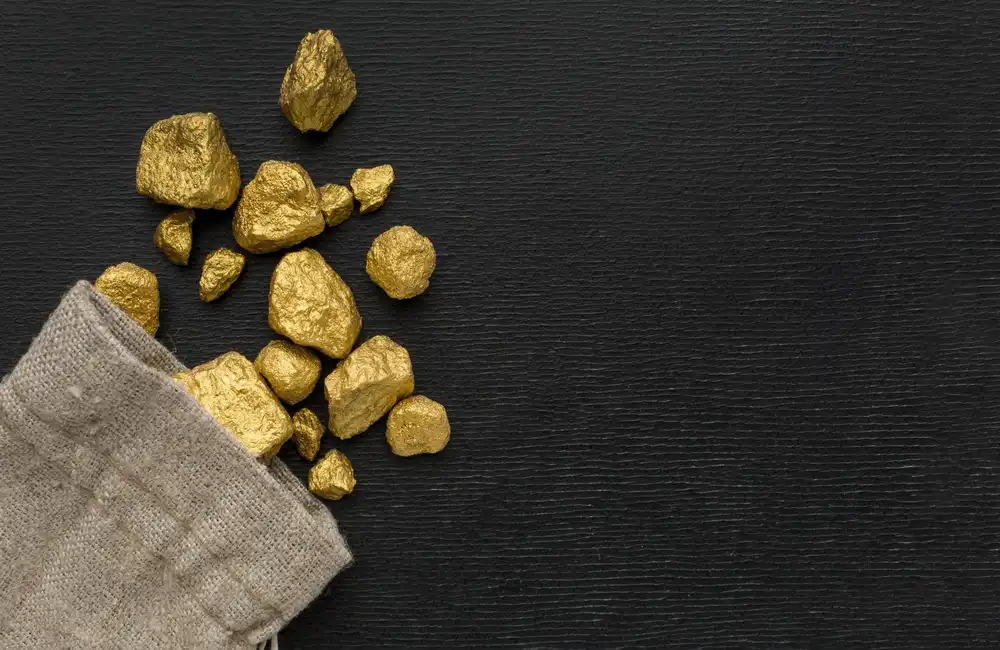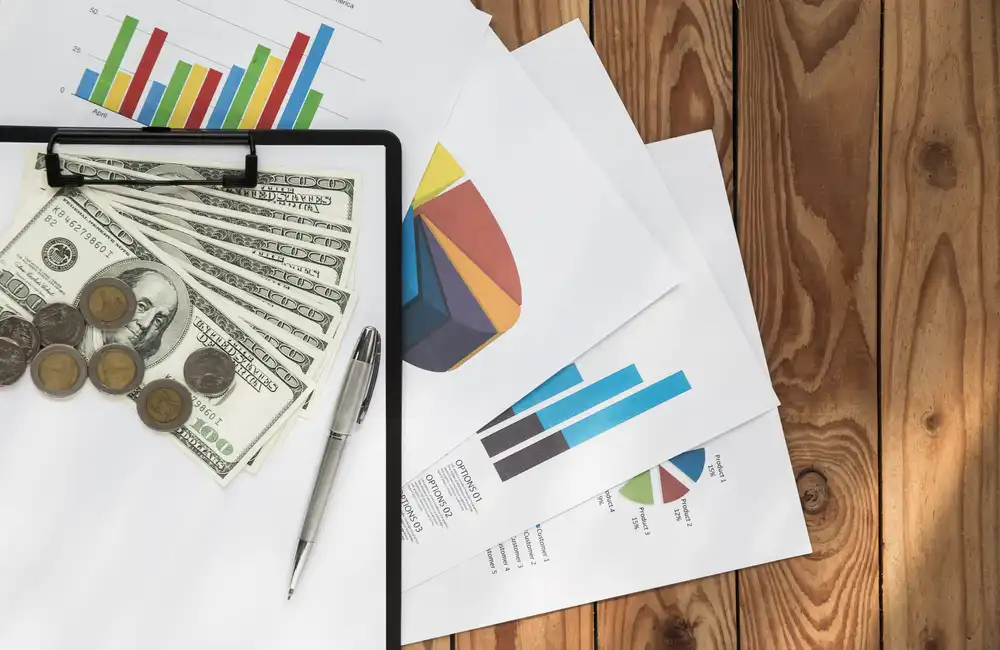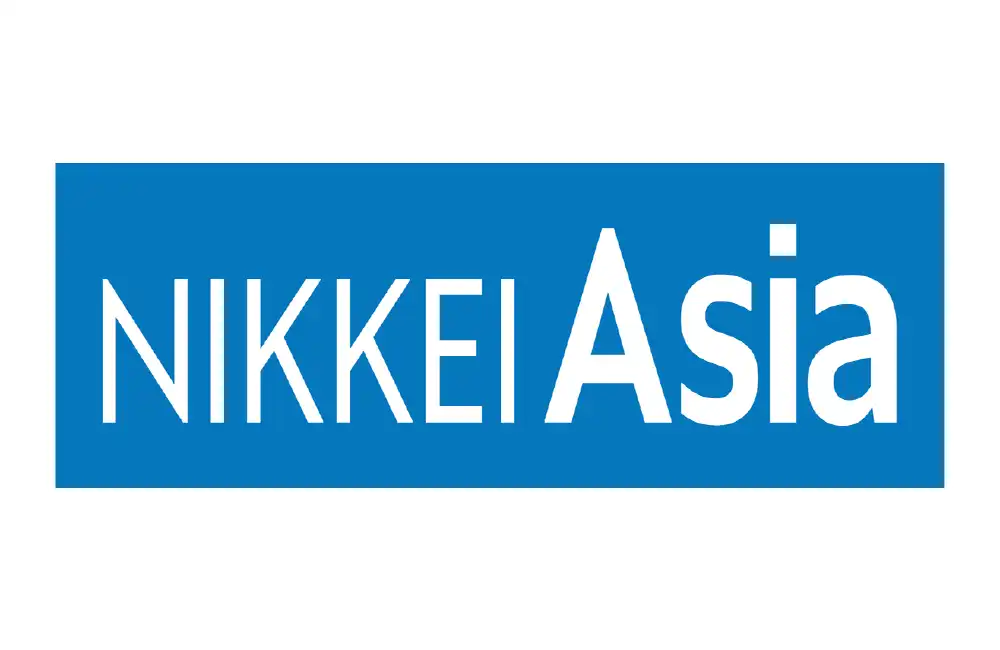Investors aiming to maintain their wealth while diversifying their portfolio have historically viewed commodities as a reliable asset class.
Ownership methods differ across commodity types making them unequal in terms of ownership structure. Investors have to choose between physical commodities and paper commodities because each option provides distinct advantages and risks.
This guide explains the main differences between physical and paper commodities while highlighting their individual benefits and considerations for investors choosing which option best fits different investment goals.
1. Understanding Physical vs. Paper Commodities
Physical Commodities represent actual physical assets which include gold, silver, crude oil, and agricultural products. These holdings exist in physical form which you can own and store safely in vaults or protected facilities.
Paper Commodities function as financial instruments that allow investors to engage with commodity values without having ownership of the physical commodities themselves. Investors have access to ETFs (exchange-traded funds), commodity-backed securities, and futures contracts when dealing with paper commodities.
It's necessary to understand distinct characteristics of both commodity types to properly tailor your investment strategy toward your financial objectives.
2. Advantages of Holding Physical Commodities
Investors tend to pursue physical commodities as a means of securing their investments during periods of economic instability. The primary advantages of owning physical assets include several key factors.
True Ownership
Ownership of physical commodities provides you with direct control over your assets. Physical commodities provide you with full ownership as they don't require financial institutions, brokers or third parties.
No Counterparty Risk
Value retention for physical assets remains independent of any third-party interactions. Physical commodities maintain their value independently because they do not depend on financial entities unlike ETFs or futures.
Inflation Hedge
Throughout history precious metals among physical commodities have served as dependable stores of value during inflationary periods. In situations where fiat currencies lose strength tangible assets such as gold and silver maintain their purchasing power.
Crisis Protection
Physical commodities gain trust as dependable stores of value during periods of economic instability or geopolitical upheaval. Physical commodities served as financial safeguards during market failures for many centuries.
3. Risks and Limitations of Physical Commodities
Physical commodities provide significant benefits but investors should consider the challenges that accompany them.
Storage and Security
Physical commodities require secure storage. Safekeeping measures must be appropriately employed to protect the value of commodities regardless of their storage location in vaults, safety deposit boxes, or private facilities.
Liquidity Considerations
Liquidating physical commodities demands more time compared to selling paper-based assets. The buyer search process becomes more extended when operating in specialised markets or facing specific conditions.
Transaction Costs
Physical assets generate both premium charges and storage expenses. The expenses for shipping and high-security storage increase gradually as time passes.
4. Benefits of Paper Commodities
The flexibility and user-friendly nature of paper commodities attracts investors in the financial markets.
Liquidity and Convenience
The trading of paper commodities through financial platforms allows for straightforward buying and selling operations. Market trades allow paper commodities to be liquidated immediately unlike their physical counterparts.
Diversification
Investors can access a variety of commodities from different sectors like energy and agriculture through paper investments. This makes diversification more practical.
Leverage Opportunities
Derivative products and futures contracts enable investors to use smaller initial funds for speculative investments that may lead to greater returns.
5. Risks of Relying on Paper Commodities
Paper commodities offer ease of access yet they bring distinct risks that need consideration.
Counterparty Risk
The value of paper commodities relies on the functioning of brokers along with financial institutions and regulatory frameworks. A default by a financial institution might have a negative impact on your investment value.
Potential for Manipulation
Derivative chains and rehypothecation alongside structural market features lead to changes in paper markets where multiple claims exist on a single asset. The presence of these flaws creates distortions in market prices and value assessments.
No Direct Ownership
When dealing with paper commodities your investment represents ownership of the asset through financial instruments instead of holding the physical asset itself. Paper instruments can lack physical delivery which exposes investors when actual inventories do not match market statements.
6. Determining When to Select Physical Commodities Instead of Paper Instruments
Commodity investments lack a universal solution because different strategies suit different needs. The appropriate selection depends upon your specific investment objectives and your level of risk acceptance.
Choose Physical Commodities If:
- Long-term wealth preservation is a priority.
- You need strong safeguards to protect your investments from inflation and systemic financial threats.
- Direct control over your assets without intermediary involvement is essential to your investment strategy.
Choose Paper Commodities If:
- You require a short-term investment option that offers simple purchasing, selling, and trading functionalities.
- Your objective is to spread investments throughout different industries and various commodity categories.
- Your investment strategy focuses on speculative trading and using leverage to increase investment exposure.
7. The Balanced Approach
Investors who mix physical and paper commodities gain advantages from both investment strategies. Physical assets act as a long-term security while paper investments offer immediate market access through their liquidity features.
Assess Your Strategy and Take Action
Investing in commodities provides a strategic opportunity to protect wealth while adding diversity to your investment portfolio. It is critical to evaluate the distinctions between physical and paper assets when selecting the best investment option for your financial objectives.
Physical assets demonstrate their true value during periods of economic instability. Paper commodities provide solutions for convenience and short-term adaptability to investors. Subscribe to our newsletter to help form your investment strategy.




















